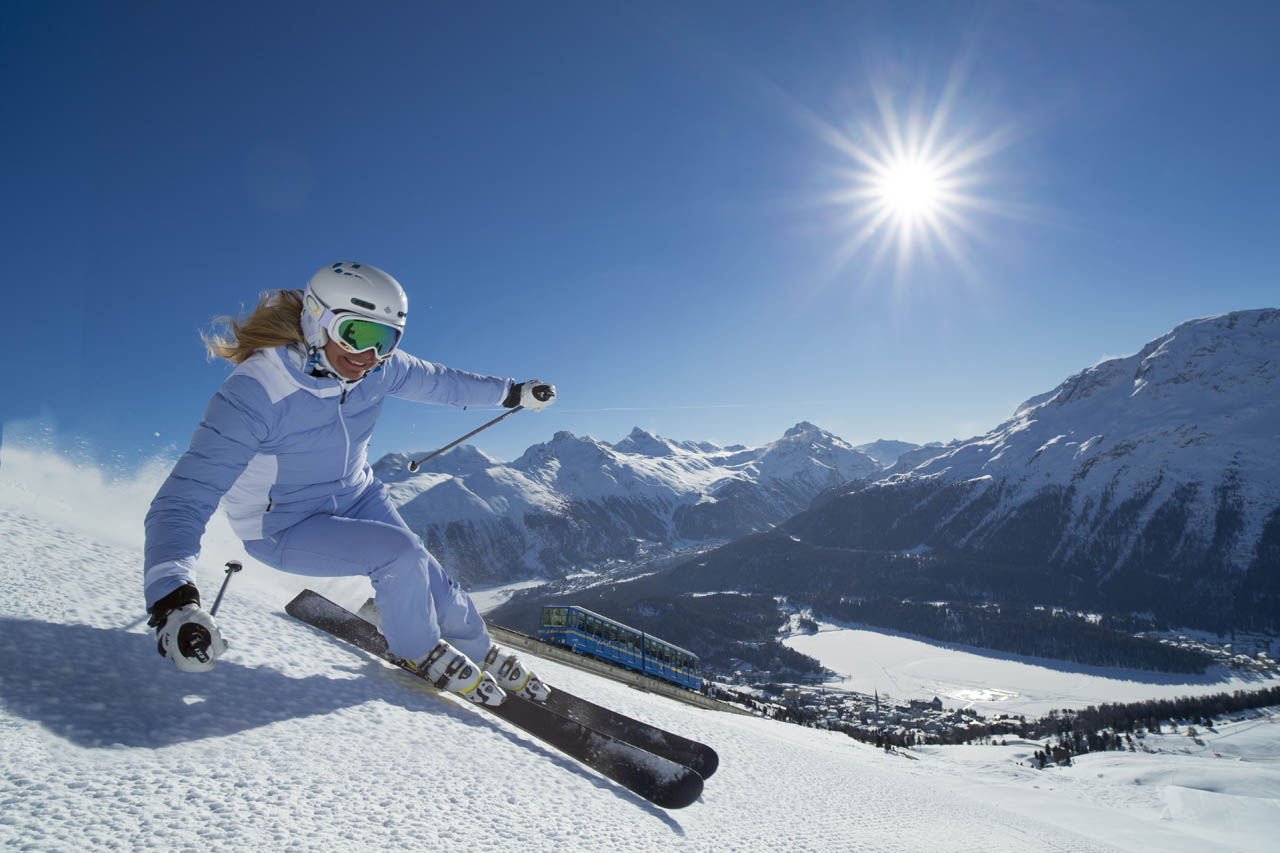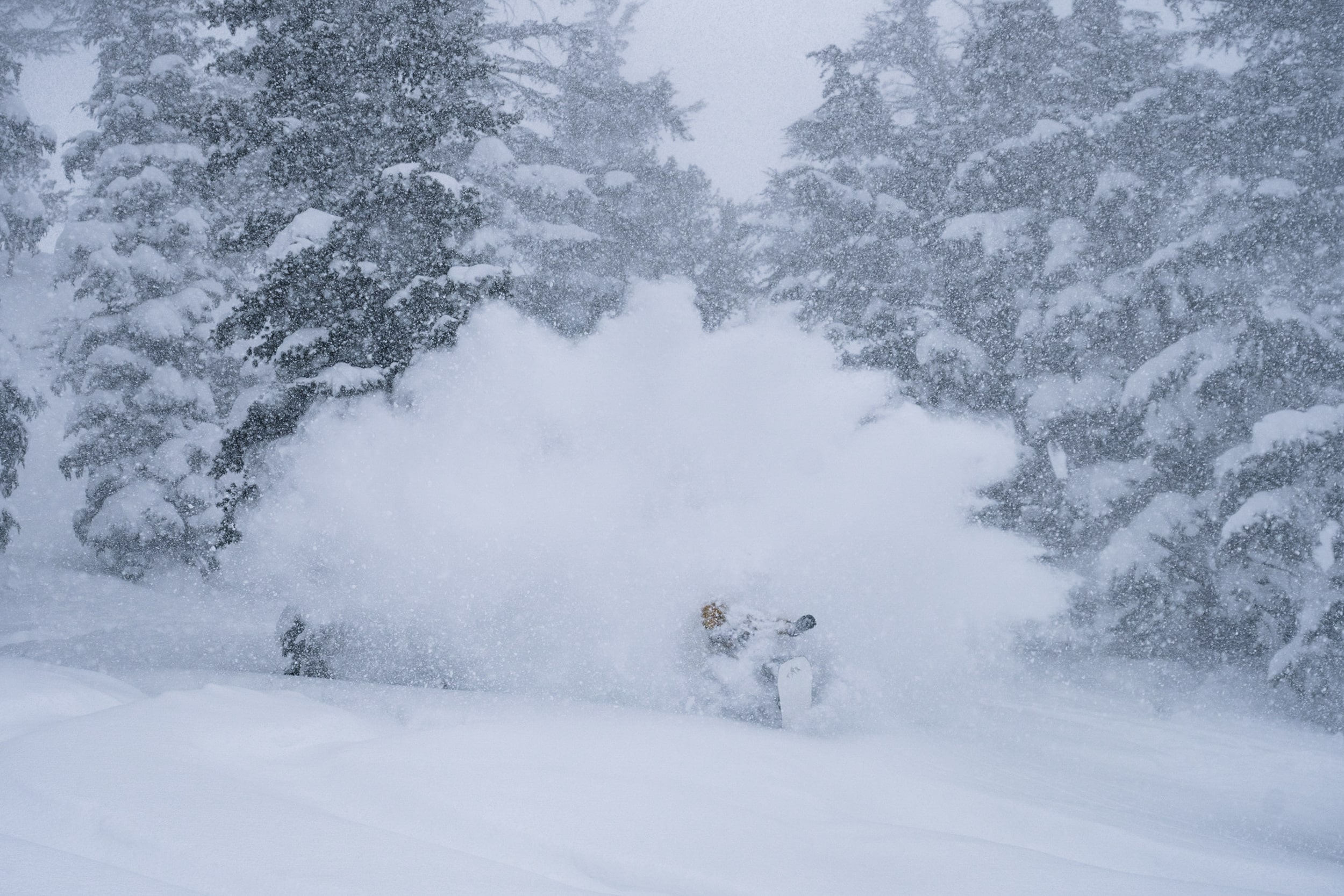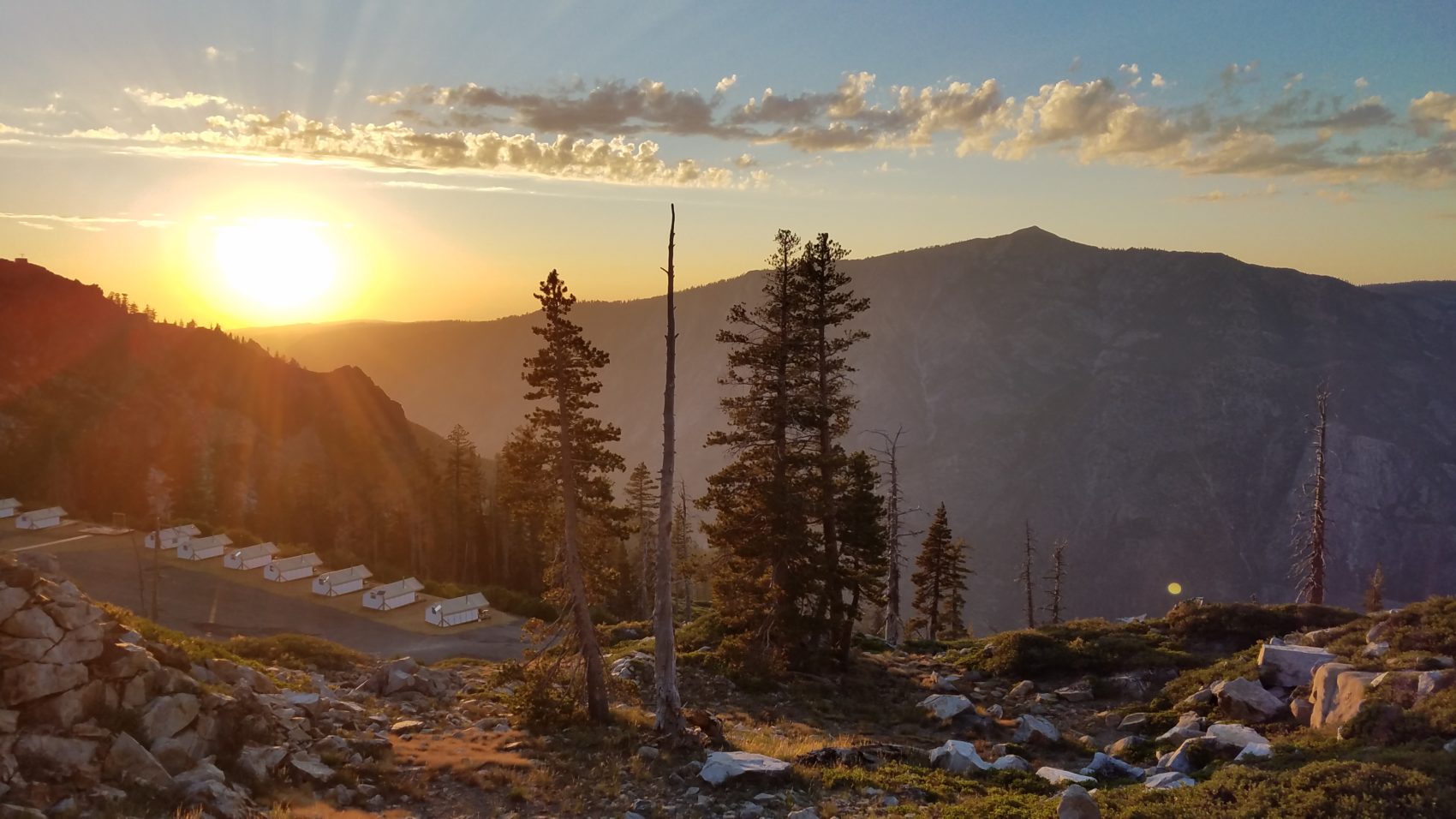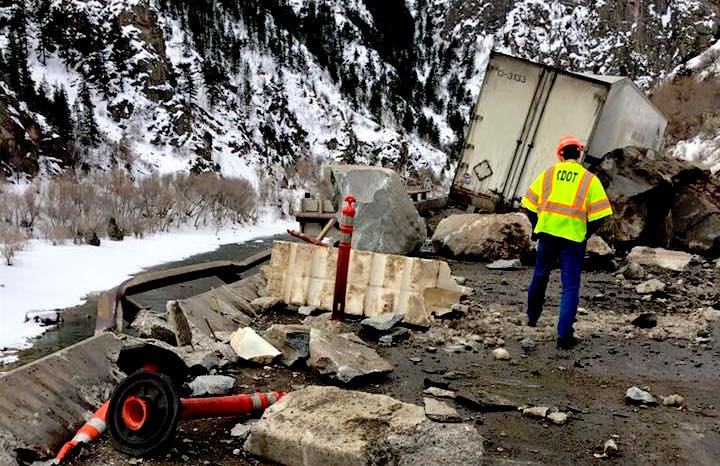
Winter had started almost one month before, but real winter had hadn’t started yet. It was already July, and most of South American ski resorts were still closed. But that wasn’t all: in most of them there was not even one inch of snow. Meanwhile, in New Zealand, snowflakes seemed not to stop falling.

Only Cerro Castor, in Ushuaia, the southernmost city in the world, and Corralco, in Chile, had opened in June. Meanwhile, in the rest of the ski towns, snow lovers were untiringly praying to Saint “Paketon” (this is how the Saint of the Snow is called in Argentina).

But someone once said that bad moments are not everlasting, and damn if he was right. Suddenly, snow forecasts became so encouraging for all the Andes Mountains, that people from all around the world flew to Buenos Aires and Santiago, the capital cities of Argentina and Chile respectively, seeking for fresh powder. In Portillo, for example, it snowed 106 inches in only three days! That’s insane.

Since that turning point, things started to align in the South Hemisphere, with so much snow that some resorts had to temporarily close due to extreme avalanche risk.

In fact, this was the snowiest season in the last 6 years in South America. For a better analysis, we will take into account six of the most representative and important ski resorts of Argentina and Chile, and take a look into the month-by-month snowfalls of the last years.





 On the other hand, we also know that the strongest El Niño in the last 60 years is currently taking place, so it wouldn’t be so adventurous to assume that the reason of such a great amount of snow was this natural phenomenon. Anyway, whatever has caused so much snow to fall doesn’t really matter; what it do matters is that Argentina and Chile had been hammered with tons of snow this past season, and nothing stops us dreaming that next year will be the same or even better. And if this is “El Niño”, imagine what would it be like “The Adult”…
On the other hand, we also know that the strongest El Niño in the last 60 years is currently taking place, so it wouldn’t be so adventurous to assume that the reason of such a great amount of snow was this natural phenomenon. Anyway, whatever has caused so much snow to fall doesn’t really matter; what it do matters is that Argentina and Chile had been hammered with tons of snow this past season, and nothing stops us dreaming that next year will be the same or even better. And if this is “El Niño”, imagine what would it be like “The Adult”…







Sorry, I have to call BS on this report. I was at Las Lenas August 22 – September 5 and personally visited ski patrol and collected the official stats. Las Lenas snowfall through the end of September was 134 inches. July+ August+September had exactly average snowfall (I have the data back to opening in 1984) but since there was essentially zero snow in May and June the season as a whole was still well below average.
I was also in Las Lenas in 2005, so I know what a big season (366 inches ) looks like there. There was some great skiing in 2015 but it was low tide in comparison. Very few of the Marte south chutes got filled in, and when the weather got warm coverage on the lower elevations shrank noticeably.
Due to Las Lenas’ wind/avalanche exposure they can only measure snowfall safely at the 7,400 foot base area. There is no doubt it snows more, and sometimes a lot more up high, but anyone who quotes a number from the upper mountain is making it up out of thin air. That 366 inches in 2005 and the 247 inch long term average were also measured at the base.
Portillo posts its running total snowfall during the season. I have their annual totals from 1970-2007, which average 254 inches. The website posts were just approaching that average in early October when the ski area closed.
As for the other places, record keeping is notoriously bad in South America, but some of these quotes just don’t pass the smell/reasonability test.
1) If you follow snow reports during the season you notice that the El Colorado/ La Parva/Valle Nevado areas consistently get only about 3/4 of the snow that Portillo does. I did this from 2005-2007 when Valle Nevado was publishing running totals like Portillo did. They probably stopped doing this because numbers were consistently lower. So the above claim of 25+% more snow at La Parva than Portillo for both 2015 and 2010-2014 has zero credibility IMHO. In late July 2015 SnowBrains was publishing TR’s of good skiing at Portillo but marginal conditions at La Parva. It took the August storm to bring adequate coverage to El Colorado/ La Parva/Valle Nevado.
2) Cerro Catedral’s own marketing materials claim average snowfall of 240 inches up top and only 60 at the base. This comports with every long term TR I have read about the place, in that the skiing is good up high but often the lower third of the mountain has so little snow it needs to be downloaded. With 2015 snow in South America being near to slightly below average and 2010-2014 snowfall being highly deficient, I don’t believe the quoted numbers here either. While not as extreme as Las Lenas, Catedral’s upper mountain is also exposed to wind and avalanche and thus not subject to accurate snowfall measurement.
3) Chillan and Corralco get the most snow among lift served skiing in South America. Unfortunately Chillan’s snow reporting is almost non-existent. Chillan/Corralco had a good year in 2015 but it was not off-the charts, and if it were we would be seeing well above average numbers from places like Las Lenas, which we do not. Corralco could, maybe, average 350 inches. The 281 average for the 5 bad years looks a little high but possible (maybe the average is really 400). The 695 inches I don’t believe at all. Broad ski regions get many of the same storms. Corralco and Las Lenas are 3 degrees latitude apart about the same as Alta and Brian Head in Utah, where snowfall is 60% correlated. You get some mildly divergent seasons but you don’t get 200% snow at one place and well below average (which I’ve demonstrated at Las Lenas) at the other.
3) Cerro Castor looks strange in the opposite direction. Yes it’s low and near the ocean, but it’s also 55 degrees latitude, same as bottom of the Alaska Panhandle with an analogous climate. Drought is almost non-existent in that climate, so bad years (as in the PNW in in 2014-15) are caused by high snow levels and excess rain. The lowest altitude places in the PNW in 2014-15 still got 100 inches snow, so 43 inches average over a 5-year stretch at Cerro Castor looks strange to say the least.
The only accurate statement I see in this article is this one
“In fact, this was the snowiest season in the last 6 years in South America.”
This year was close to average at many places but the previous 5 seasons were dreadful. If you read general news in South America, you know that Chile has been gripped in a drought even more severe than we have here in California, fueled by multiple seasons of barely half normal precipitation.